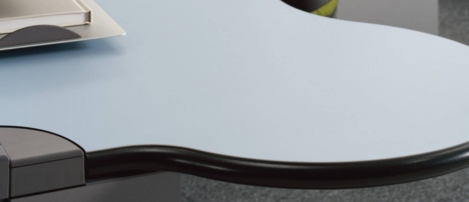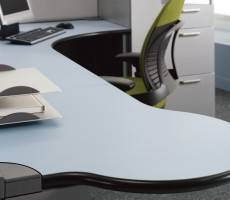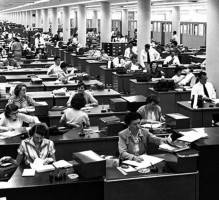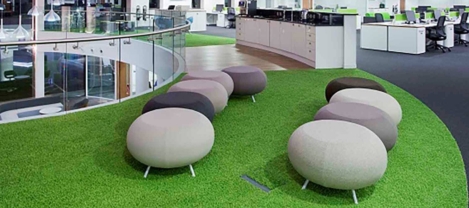October 29, 2015
Facilities management must become more strategic or risk becoming irrelevant 0
 A new report claims that there are persistent and well-founded perceptions at boardroom level that facilities management is a support function with little or no strategic relevance and that this poses a serious risk to the discipline. While this may raise few eyebrows amongst those who have been aware of the problem for many years, what is startling is that the report comes from the International Facilities Management Association. The report, Redefining the Executive View of Facility Management, authored by Richard Kadzis, highlights the long reported mismatch between this perception and that of facilities managers themselves who believe they represent an industry that continues to adapt to a changing world and add value to the organisation. Conversely, senior executives see FMs as ‘glorified custodians’ whose performance should be measured in terms of the money they save the organisation.
A new report claims that there are persistent and well-founded perceptions at boardroom level that facilities management is a support function with little or no strategic relevance and that this poses a serious risk to the discipline. While this may raise few eyebrows amongst those who have been aware of the problem for many years, what is startling is that the report comes from the International Facilities Management Association. The report, Redefining the Executive View of Facility Management, authored by Richard Kadzis, highlights the long reported mismatch between this perception and that of facilities managers themselves who believe they represent an industry that continues to adapt to a changing world and add value to the organisation. Conversely, senior executives see FMs as ‘glorified custodians’ whose performance should be measured in terms of the money they save the organisation.













 I was involved in a meeting with an office fit-out company this week which involved a discussion of how their clients can develop misconceptions about the extent to which their contemporaries are introducing new office design and management models based on agile working, shared space, mobile technology and all that other good stuff. This presents a particular challenge for firms in the sector because their day to day experiences of what clients talk about and ask from them can be pretty removed from the things talked about in the media. If you were to judge the state of the office solely on the basis of what you read and hear and see at shows, it would be easy to conclude that the office is indeed dying and dragging down with it the markets for office furniture, commercial property and traditional technology. The problem is that the facts don’t support that notion at all.
I was involved in a meeting with an office fit-out company this week which involved a discussion of how their clients can develop misconceptions about the extent to which their contemporaries are introducing new office design and management models based on agile working, shared space, mobile technology and all that other good stuff. This presents a particular challenge for firms in the sector because their day to day experiences of what clients talk about and ask from them can be pretty removed from the things talked about in the media. If you were to judge the state of the office solely on the basis of what you read and hear and see at shows, it would be easy to conclude that the office is indeed dying and dragging down with it the markets for office furniture, commercial property and traditional technology. The problem is that the facts don’t support that notion at all.



















October 28, 2015
What Shakespeare’s Henry V can teach us about flexible working
by Julia Johnston • Comment, Facilities management, Flexible working
Why are so many of us preoccupied with the status that having an office brings? They say it’s lonely at the top. Well, that loneliness often starts with the social exclusion of being in an office. Why would you not want to be in with the in-crowd, to be with your own team of people and the go-getters who are making a difference to your organisation? Why not be where the action is at the working coalface of your organisation? Stuck in your office, you can feel like a kid in the corner of the playground, wondering what the others are whispering about. Some of us want an office because we believe it shows our peers that we have made it; that we have reached the upper echelons of our corporate management structure and become an acknowledged achiever. We want an office so that we can preen to others, but that doesn’t automatically make for better managers, leaders or companies.
(more…)